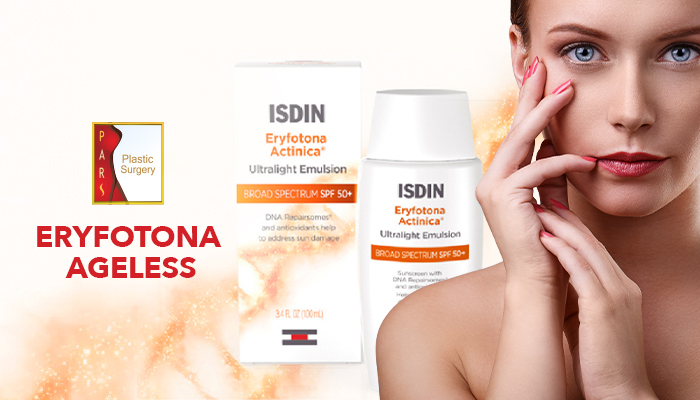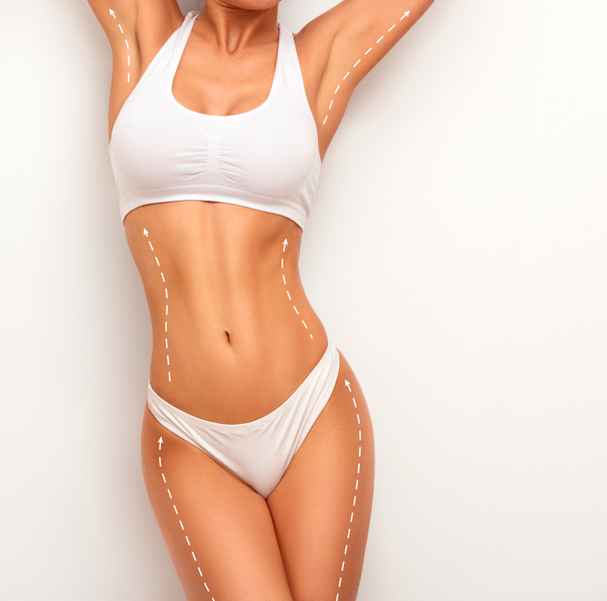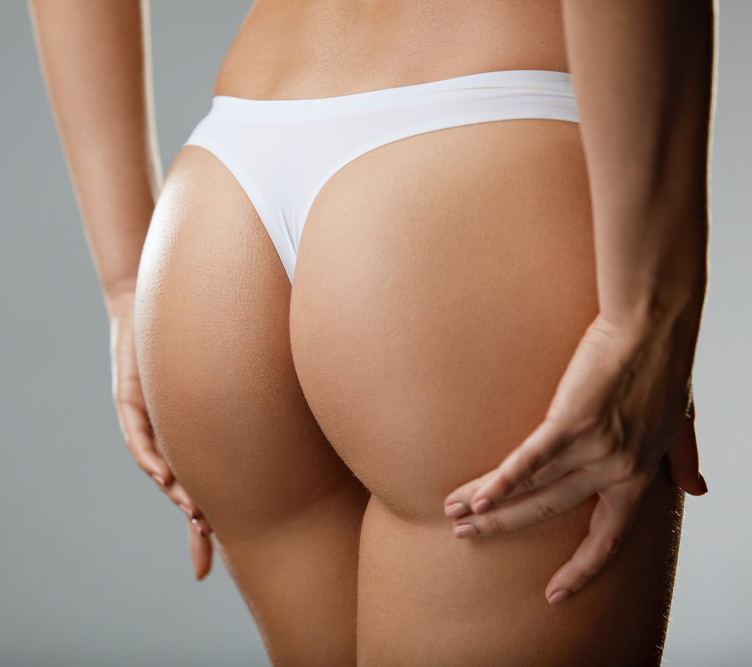
Nipples and areolas may be different in shape, position, color, and even size. They can change for many reasons (including hormonal changes), especially during pregnancy, puberty, and breastfeeding.
Inverted or non-protractile nipples are a common problem; it is believed that up to 10% of women have this condition. For many women, inverted nipples can be a source of psychological distress and self-esteem problems; in addition, this condition can interfere with the woman’s breast function (breastfeeding). This condition can occur in both men and women; however, in men, it produces only aesthetic problems, since their breasts have no breastfeeding function.
Currently, inverted nipples can be corrected with different techniques, ranging from manual stimulation to plastic surgery. Likewise, there are various techniques of plastic surgery available, but in any case, the main purpose of inverted nipple repair surgery is to restore the nipples to a beautiful, natural projecting appearance. These results may be long lasting.
It is important to know that in some techniques, the lactiferous ducts are sectioned out, destroying the breast tissue and function, which prevents breastfeeding. This surgery can be performed alone or in conjunction with other breast surgeries, such as a breast augmentation, breast lift, or even breast reduction surgery.
What is the cause of inverted nipples?
In some cases, this condition is congenital (present from birth), but others can develop it as a result of an underlying condition. The inversion of the nipple is usually caused by a short lactiferous duct system. This duct system connects the chest wall and the nipple, which explains why if it is short, the nipple gets retracted—or, in other words, the nipple does not project out.
Other causes of changes in nipple form, position, and size include natural aging, significant weight loss, pregnancy, and—very commonly—breastfeeding. When inverted nipples are a new development for the patient, they should consult a doctor immediately. Cancer and other serious conditions, like inflammation or infection, can also cause inverted nipples.
Who is an ideal candidate for an inverted nipple repair surgery?
Patients with cosmetic, functional, and even some psychological problems (mainly self-confidence problems) caused by nipple inversion are considered for this surgery. When a person is not satisfied with their personal appearance, they can have problems with their romantic and sexual relationships. In addition, patients with physical signs such as irritation and inflammation should undergo this surgery to avoid these inconveniences.
The patient should also be older than 18 years of age, not currently pregnant or nursing at the time of the surgery, and in good physical and psychological health. If a patient is emotionally affected by their inverted nipples, they should have psychological treatment before deciding to undergo surgery.
What are the grades of inverted nipples?
The severity of nipple inversion can vary; in some cases, the patient can correct an inverted nipple with manual stimulation, but in other cases, surgery is the best option. It is important for the patient to discuss the most suitable treatment in each case with a certified plastic surgeon. In every case, the patient should know the limits of the surgery; it is important to discuss this point with the surgeon before undergoing the procedure.
– Grade 1: In this case, the nipples are slightly reversed, and there is little to no fibrosis (excessive connective tissue). The nipple protracts easily when the patient applies light pressure to the areola, and after that, it maintains its projection for a moment (it does not retract immediately).
With this grade of inversion, the woman may still be able to breastfeed. In this case, the patient does not need corrective surgery unless they have serious concerns about their appearance; alternative methods of nipple correction may be used.
– Grade 2: In this grade, the nipples are more inverted than they are at Grade 1 and usually there is a moderate degree of fibrotic tissue, with mild retraction of the lactiferous or milk ducts; however, breastfeeding may still be possible. In this case, when pressure is applied over the nipple, it protracts, but not as easily as in Grade 1. In addition, it retracts as soon as the pressure is released. Corrective surgery can involve dividing or lengthening the milk ducts.
– Grade 3: This type of inversion is the most serious. At this grade, the milk ducts are very short and the nipple is widely retracted; likewise, there is an important amount of fibrosis. The nipple is completely retracted and does not respond to manual pressure; it cannot be pulled out, and it never turns outward. At this grade, the only way to correct the milk ducts is with surgery.
What are non-surgical treatment options for inverted nipples?
An effective and non-surgical treatment for this condition consists of massaging and manipulating the constricted tissues, especially the tissues in the base of the nipple or areola. This should be done by the patient until the inverted nipples pop up. After that, the nipple must be gently grasped, and then pulled downward and outward (this diminishes potential damage on the surrounding tissues).
Another technique consists of using a breast pump. In this case, the patient can stimulate lactation and use her milk to feed the baby. When this technique is used in non-breastfeeding women, or in non-pregnant women, it can also help to distend the nipple and break up interior adhesions.
The patient should remember that these techniques will only be a solution for the first grades of nipple inversion.
What is the preoperative care for an inverted nipple repair surgery?
It is important that, in the first consultation with the plastic surgeon, the patient discusses why they want the procedure, their expectations and desired outcome, any intentions to breastfeed in the future, techniques available, and any medical conditions, drug allergies, or medical treatments (including current medications, vitamins, and even herbal supplements). The consumption of alcohol, tobacco, or drugs is also important to mention.
After that, the surgeon will evaluate the patient’s general health and will evaluate the nipples to determine the method to be used, according to the particular circumstances.
The surgeon can show the patient pictures of results from previous surgeries so that they can see if these results are compatible with their desired outcome.
What is the general procedure for an inverted nipple repair surgery?
This technique is described by experts as simple and reliable; it has a low recurrence rate with minimal scars and does not require any postoperative bulky dressing.
Surgical methods to correct inverted nipples may be divided into 2 types:
– Those that leave the milk ducts intact (functioning of the lactiferous ducts can be preserved if the patient desires).
– Not leaving the milk ducts intact (the surgeon can stretch or divide the milk duct muscles, ensuring that the nipples do not return to the previous position).
In any case, the objective of the procedure is to reshape the nipple and the areola in order for the nipple to project out from the breast. This improves the look of the breast and conserves the sensitivity of the nipples.
This surgery is usually performed as an outpatient surgery, under local anesthesia, and takes approximately 30 minutes; in other cases, it can take up to two hours (depending on the technique and difficulty). When it is performed in conjunction with other breast surgeries (like a breast lift, augmentation, or reduction), the surgeon will use general anesthesia. The techniques for inverted nipple repair include:
– Antenna flap technique: This procedure is indicated in inverted nipples at Grade 3. In this technique, the surgeon will use a dermo-adipose flap, commonly generated during mastopexy. The area below the areola is de-epithelialized and this tissue is used to create the flap. The name ‘‘antenna flap’’ refers to its form.
After that, the tissue beneath the nipple is dissected and the fibrosis is released. The lactiferous ducts that are retracted should be cut, mainly from the central portion of the nipple. Once all the ducts are released, the nipple can maintain its eversion by itself (without applying any traction), which creates nipples’ correct projection.
– Twisting and locking technique: This technique can correct inverted nipples from Grade 1 to Grade 3, but one of the disadvantages of this technique is the color of the areola; this technique is not considered appropriate for patients with a pale-colored areola or an areola with a smaller diameter.
Three diamond-shaped patterns are marked on three concentric circles drawn at the areola. The exact measurements of the design depend on the sizes of the nipple and areola of each patient.
It is considered that each dermal flap acts as a locking barrier at the nipple base to prevent re-inversion. The surgeon uses a twisting effect, which makes it possible to form an omega-shaped nipple, preventing its later flattening.
– Triangular areolar dermal flaps technique: This is a method that uses 2 triangular areas of the areola. Each one of these triangular areas should be shorter than the nipple (approximately 1 mm). With this technique, the surgeon can preserve the milk ducts in Grade 2 inverted nipples, scarring is minimal, and there is no recurrence of inversion of the nipple. It can be performed in any grade of inverted nipple as a procedure of first election. Finally, these triangles are de-epithelialized, and while the nipple is in traction, the surgeon cuts the fibrous tissue bands to free the nipple.
There are other less commonly used techniques in inverted nipple repair, such as the internal 5-point star suture technique, so the patient should remember that the surgeon will choose the best technique for each particular case.
In patients who want to preserve breastfeeding functionality, when the nipple and areola complex is lifted, the surgeon is careful to maintain its connection to the breast; later, this tissue is stitched into a new, projecting shape.
How much does an inverted nipple repair surgery cost?
The average cost of an inverted nipple repair surgery can vary according to the grade of inversion. The cost of the surgery can range from $2,000 to $4,000, not including extra costs like doctor’s fees, anesthesia fees, assistant fees, and prosthesis costs (if these are required).
What is the postoperative care of inverted nipple repair surgery?
In most cases, the patient can leave the hospital a few hours after the surgery, but they should have someone else drive them home.
The patient may feel soreness in their nipples after the procedure, but this will subside within a few days. Patients that have undergone this surgery say that this discomfort is usually controllable with oral medication.
Also, after the surgery, the plastic surgeon may cover the nipples with sterile gauze to protect the stitched incisions. Most often, swelling is mild to moderate, and tends to disappear two or three days (up to three weeks) after the procedure. However, most patients report little to no bruising.
If the surgeon used non-absorbable stitches, these are usually removed about seven days after surgery. The patient will most likely be able to return to work within 24 to 48 hours after the surgery unless their work involves strenuous activity. Strenuous exercise should be avoided for months.
What are the results of inverted nipple repair surgery?
Most people say that the new nipple projection is permanent after the procedure (with any technique). Sensation almost always remains unchanged, and when incisions are made only at the nipple, there are no visible scars. However, the degree of scarring from inverted nipple surgery depends on the condition of the skin and the patient’s healing ability.
What are the risks of inverted nipple repair surgery?
Nipple repair surgery is a relatively safe procedure; however, all procedures carry some risk, so complications may happen. Risks can include unsatisfactory results, infection in the incision site, bleeding, adverse or allergic reactions to anesthesia or another medication, need of subsequent procedures, and an inability to breastfeed (even in techniques that seek to preserve this functionality).
Dr. Amjadi MD, DDS, FACS
Certified by the American Board of Plastic Surgeons
915 Gessner Rd #870
Houston, TX 77024
713-465-6198













